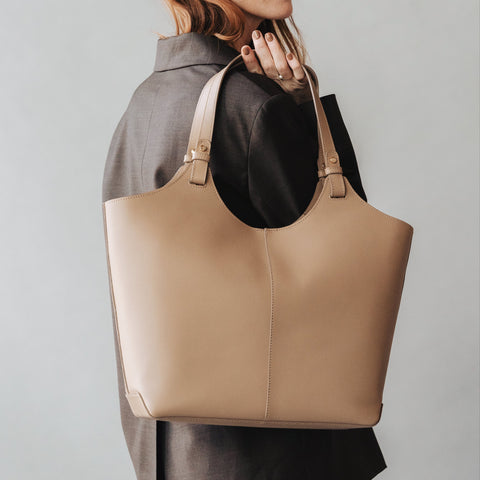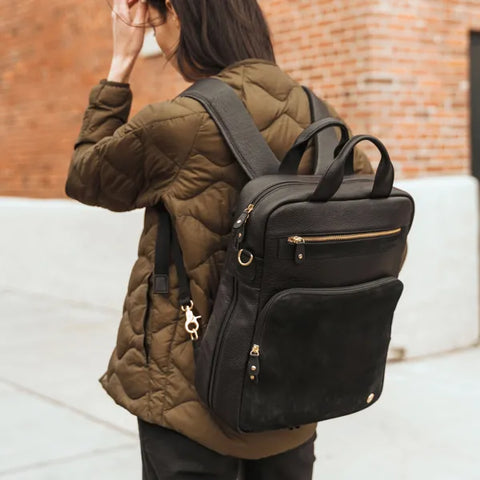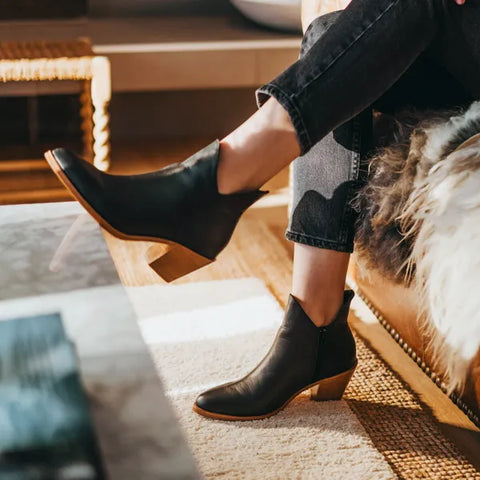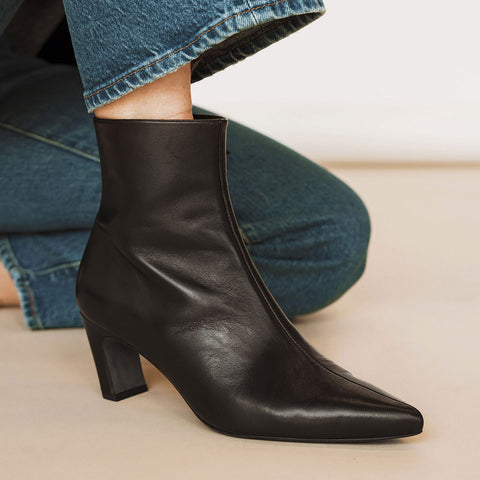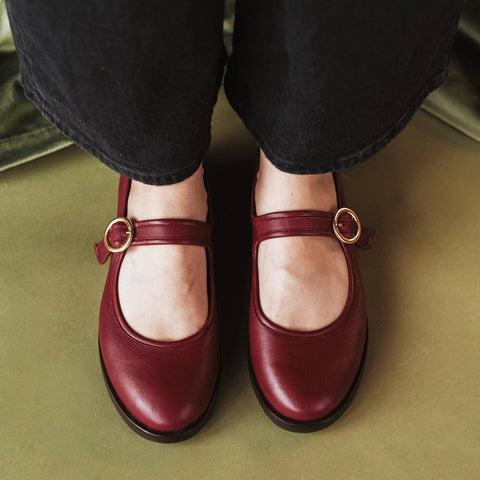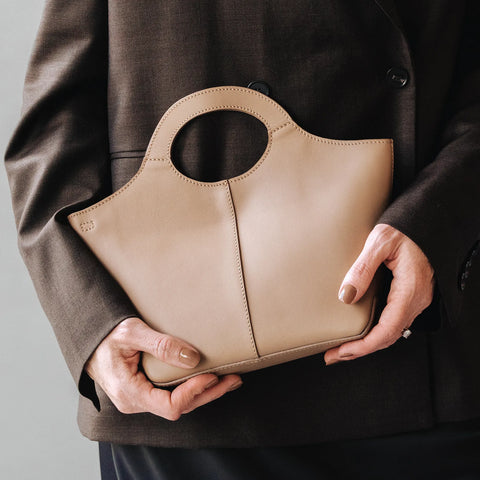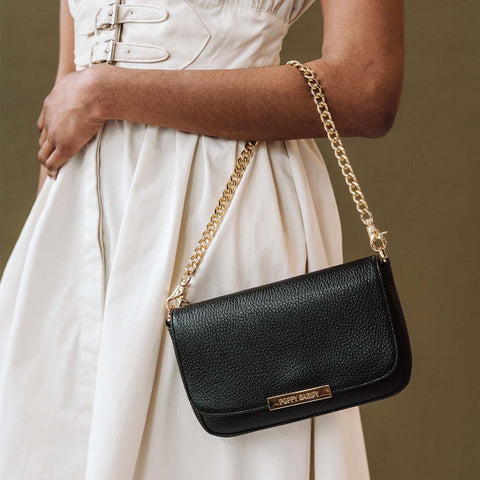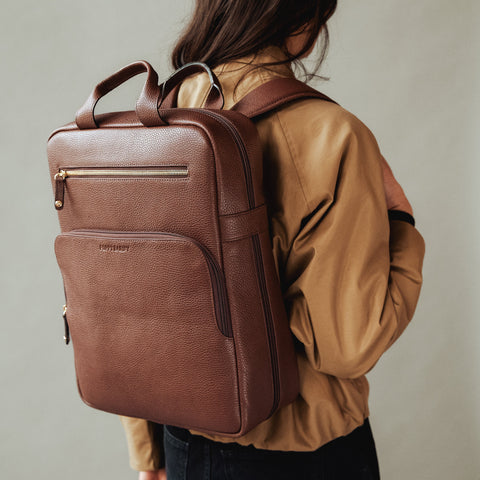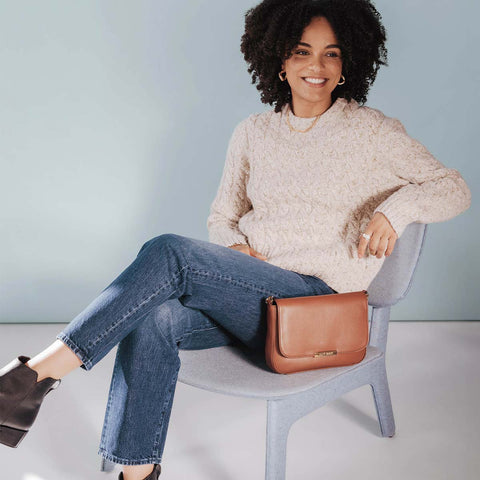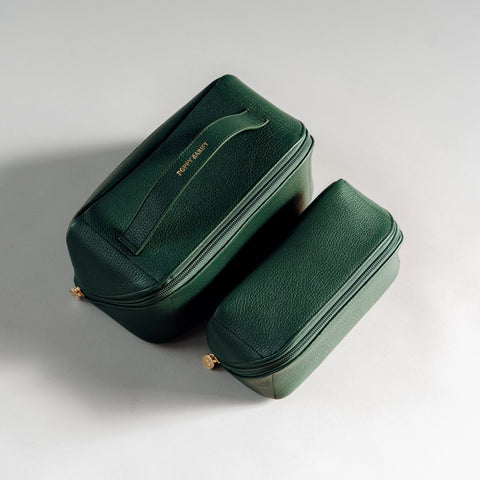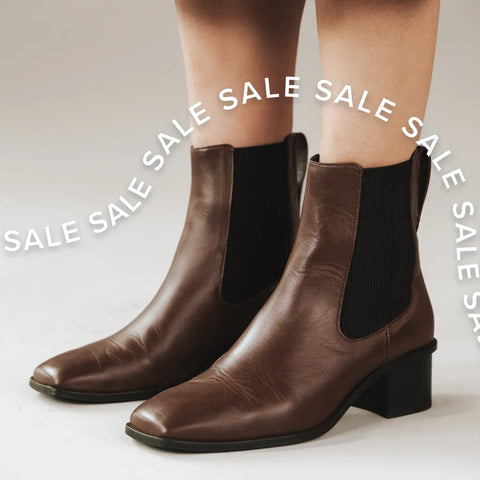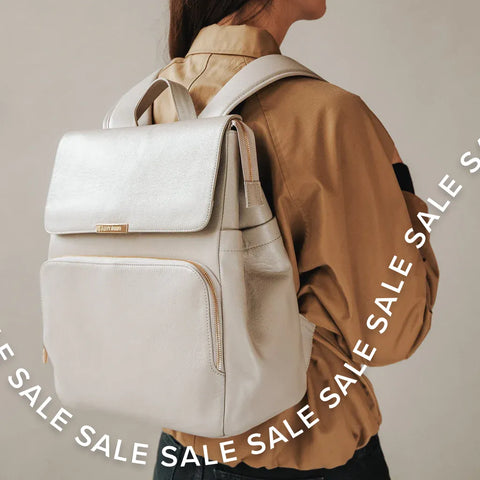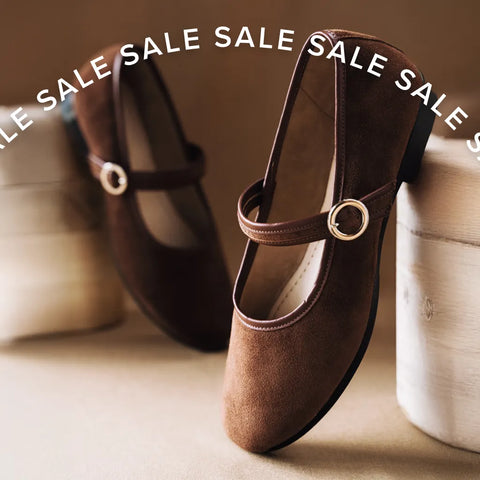We’re moving around way less these days.
Out of our routines of social gatherings, spending less time with close and extended social groups. And we’re at home - way (way) more often than usual.
Navigating new amounts of time with those we’re hunkered down with, more time with ourselves, and with fewer distractions from the things we so avidly do everything we can to distance ourselves from, we’re faced with a conundrum:
How the HECK do we deal with all the ‘ugh’ things that stir up some feelings when the discomfort-cures we’re used to drowning them out with are all offline, closed, and out of reach?
In all the hustling around we’ve been doing up until now, we didn’t really know how important communication—the guts deep, vulnerable, show-me-all-the-parts-of-you kind—was.
Previously getting by on speedy (and sometimes transactional) conversations as we passed one another on respective commutes, flew into and out of coffee shops as we bopped through our often very full days, we’re now in a place of situational depth; having fewer distractions from the need spend more time in, and move through deeper feelings than we’re collectively used to... especially with other people.
And, having to find new ways to feel and stay connected with our families, colleagues, and community members.
What’s come up, in our house at least (where I’m isolating with my husbo), have been some challenging conversations. Major routine shake-ups had me feeling squirrely and under-stimulated. And, hyper-aware of all the things that my loving man does in a day that, in my perfect world...well, suck. Like eating the lunch I made for myself the night before (a ‘mistake’). Or chipping off angular chunks of butter from the slab with a fork (I paint myself as quite the particular person, don’t I?).
Simple, small things that have been glossed over are now the size of Everest...and stacking. Plus there’s been some real big, real life stuff that’s layered itself over this very blurry time. So it’s been...interesting.
This isn’t to say that every conversation my hubs and I have found ourselves in has been a tough one. We’ve also laughed more and danced more and sat around more in a very comfortable quiet than ever before.
Yet, my assertion is this:
The calm, peace, ease, and trust we’re able to feel and make space for amidst all the other gobbledygook is possible because we choose to surface and work through the challenging stuff.
Yes, even the ‘silliest’ of conversations about a stick of butter.
Beyond the necessity of talking through the tough stuff to keep our teams, homes, communities (and yep, countries) thriving, there’s something more that mustering the courage to lean into what feels challenging creates with those you’re in the dance of dialogue with:
It creates connection.
It creates more space for joy.
More safety, more trust.
It creates a foundation for love, y’all.

A few years back, I learned an approach to having thoughtful, generative conversations with the people I love that has completely changed the way I approach—and embrace—challenge.
This process is an incredible pre-talk tool to use to give your emotional brain time to chill out, to bring your rational brain back online, and give yourself space to truly take stock of a situation, and know what the best way to move forward looks like.
Here’s the process I teach and personally leverage (often) to bring more consciousness into challenging conversations (and up the connection that’s possible on the other side) at home, with work, and simply in social settings where I care about how the dialogue goes:
1: Know fact from fiction.
In any situation, it’s often there’s the thing that happened, and what we made it mean. Or, the story we attached to it. It’s incredibly supportive to understand the distinction between the two when you go to have a hard chat - and be responsible for the story. Parse out the ‘what happened’ from the ‘what I made it mean about me or them’ - and give yourself some healthy perspective. A la Brene Brown in her Netflix doc A Call To Courage, you can even share the story you’ve been telling yourself as an entry to a conversation with someone you’re wanting to connect with. It’s a great starting point ;)2. Be the weather maker.
We show people what kind of communication we’re available for, and create the environments we get to exist in. By showing up calm and open, you create the kind of conversation space that will be calm and open. If voices get raised and emotions run high, remember you can choose, at any time, to excuse yourself and come back when you’re in a more steady place to speak. This is a practice, friend. Be gentle with yourself as you start to leverage more emotional regulation in your conversations with others.3. Access empathy, show patience, seek grace.
What we have to say is only half the conversation. How we choose to show up as listeners and find a way to navigate and negotiate with the people around us is the other—and sometimes more challenging—part. Do your best to come from curiosity in an attempt to see things from their perspective. Be patient; they haven’t had time to prepare themselves and may stumble. Find grace for yourself and the other person if it doesn’t go how you hoped it would. And know that this is a process and a practice - and we’re all learning.4. Know when it’s time to walk away.
Your safety matters most. Full stop. If you start to feel unsafe in a conversation, or like the environment is no longer a healthy one to be in, you may exit at any time. Know the difference between feeling a little uncomfortable (that’s normal and necessary to move more so into vulnerability) and feeling like your safety is at risk. Navigate accordingly.

What I’ll say for sure is this:
When communication is really thriving, there’s something more than a blow-up or blow-out free space to live in that’s available. It cultivates trust and connection—and that ooey-gooey goodness is worth the work.
The product of being able to move through hard things with someone, or a group of people, and to have your experience validated, honoured and respected cultivates a sense of safety, and proof that your most challenging emotions, experiences (whatever they may be) don’t make you any less loveable or worthy.
And I don’t know about you friend, but I sure am keen to see this situational depth become standard depth once we step out of the socially-distanced space we’ve been in.
Because more depth means more love.
And if there’s something the world could use, it’s that.
**We know and acknowledge that there is a spectrum of experiences individuals are having of the COVID-19 quarantine and social distancing order. If you are sheltering in place in a situation where your physical, mental or emotional safety is at risk, please reach out to local community support networks to access the resources and groups that can support you. Your safety is the ultimate, most important thing. And, you are loved.**

Biography
Jess Robson is a Communication Coach and Copywriter who healed her relationship with her own self-expression through writing and storytelling. Helping small business owners, entrepreneurs, and any individual interested in experiencing more depth and connection with their loved ones, customers, clients, colleagues (the list goes on), she’s now an educator, facilitator speaker and coach who’s shouting from the rooftops about being more US, more often; advocating for more humanity, more honesty, more mess, more regularly.
She lives in the forest outside Squamish, BC with her husband and rescue dog, and just found a patch of wild asparagus on her lawn YESTERDAY. Nature is neat.
Images by Jessica Robson and Emily Yewchuk.


